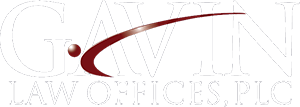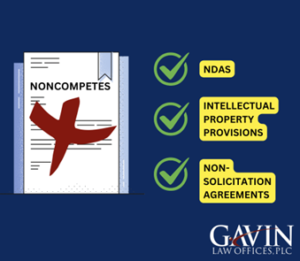Whether you are just starting out or have a large portfolio of protected names, logos, and slogans you know the value of protecting your brand. However, it is common for businesses to overlook their intellectual property. When it comes to trademark registration, there are ways to get the most out of your IP strategy. Below are some of the most common trademark mistakes that may be costing your business:
Top 5 Trademark Mistakes
1. Not Choosing a Strong Mark:
Picking a weak mark that is descriptive or generic can result in consumer confusion and be difficult or impossible to register with the U.S. Trademark Office. A weak mark can set you up for a lifetime of headaches trying to protect and enforce your mark. However, a strong mark can make you stand out in the marketplace, and it is often easier for owners to register and enforce their rights in a strong mark. We can help you choose a distinctive mark that will set your business up for success!
2. Failing to Pre-Clear Your Trademark:
Pre-clearance is important! We can conduct a preclearance search for two reasons. First, it helps you determine the full scope of rights available to you for a mark. It also ensures that your mark does not infringe any third-party rights. According to the U.S. Trademark Office’s data from 2019, nearly 83% of trademark applications received an Office Action. Having an attorney guide you through an initial preclearance process can reduce the likelihood of your trademark application receiving an objection. Understanding the potential risk surrounding your use of a particular mark can decrease the chance of another trademark owner initiating an infringement action against you as well. As the saying goes, an ounce of prevention is worth a pound of cure!
3. Not Thinking About Future Expansion:
It is not uncommon for businesses located in different geographic areas (such as on the east coast vs. the west coast) to start using the same mark. However, when either business attempts to expand or to federally register its mark, conflict can arise. Sometimes a business that initially starts using a mark in connection with specific goods and services later wishes to expand such offerings, only to find that someone else is already using and has registered the same mark in connection with the new goods or services. Thinking these issues through with an attorney on the front end can make expanding into new territory, whether geographically or in the marketplace, much smoother.
4. Not Enforcing Your Rights:
The U.S. Trademark Office does not monitor for trademark infringement – it is up to owners to police and enforce their own marks. Failing to properly monitor your mark and to take action against potential infringers can lead to big problems. These include the potential for trademark dilution and even losing rights in your mark. We can monitor your marks and help you protect your rights!
5. Missing Maintenance Filings and Renewals:
Federal trademark registrations require maintenance filings after 5-6 years of registration, and renewal filings every 10 years to keep the registration “alive.” If you miss a maintenance filing or renewal deadline, your federal registration will be cancelled. We understand the time and expense our clients put into their trademark registrations, and can help track upcoming maintenance and renewal filings so that you never miss a deadline!
It can be tricky to know all the steps and possible hurdles in trademark registration. Although doing it yourself may save time and money in other instances, taking a “DIY” approach with valuable aspects of your business could lead to more headaches than it’s worth. Trademark mistakes may be common but it doesn’t have to happen for you.
— Courtney Reigel, Esq. & Lily Taggart
(This is not intended as legal advice. Contact a lawyer for assistance in your particular situation.)
If you’re ready to move your business forward, ask about our branding optimization session or trademark focused consultation!

